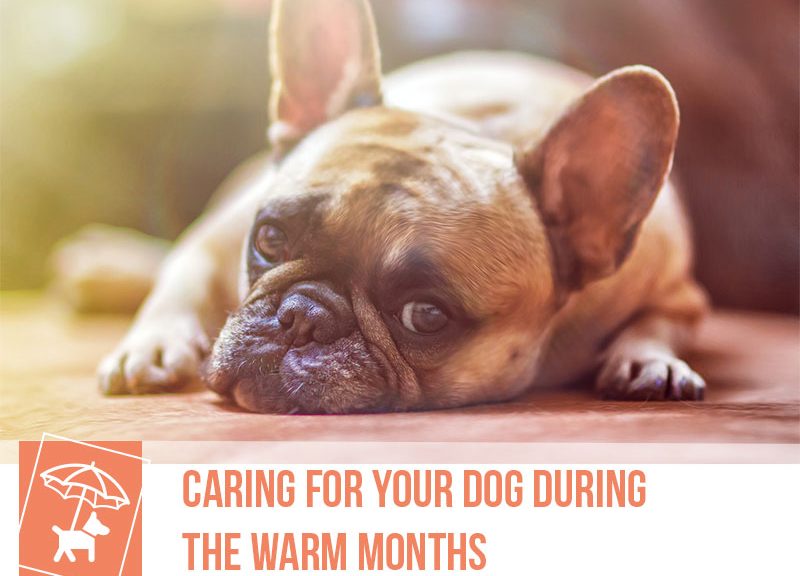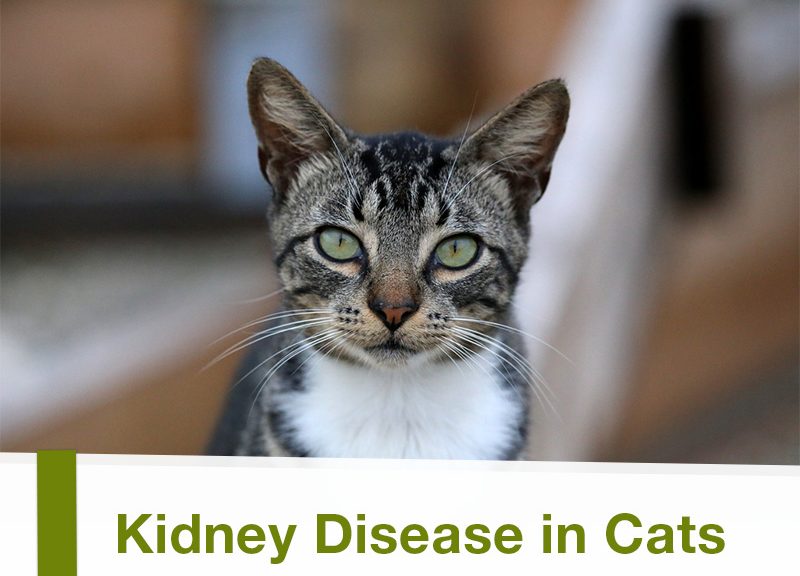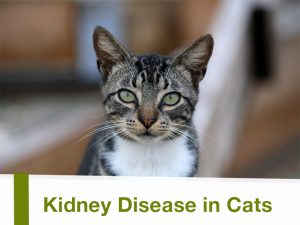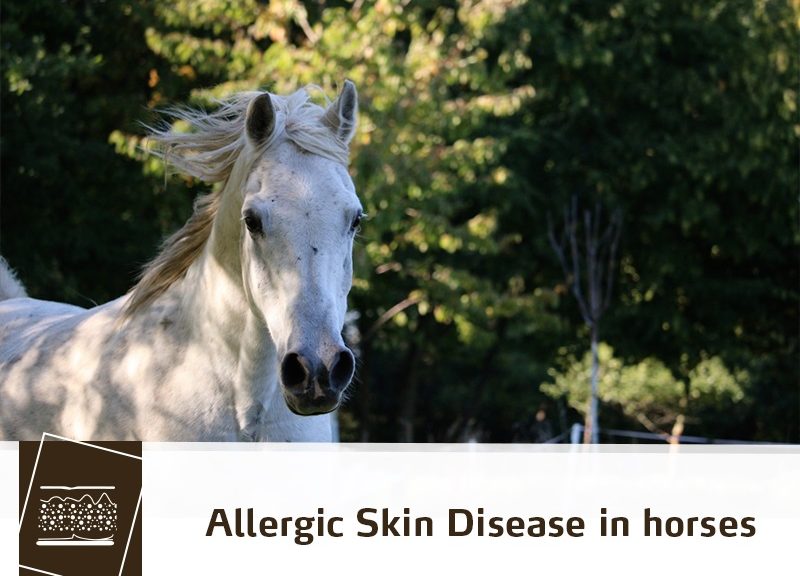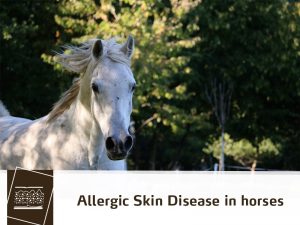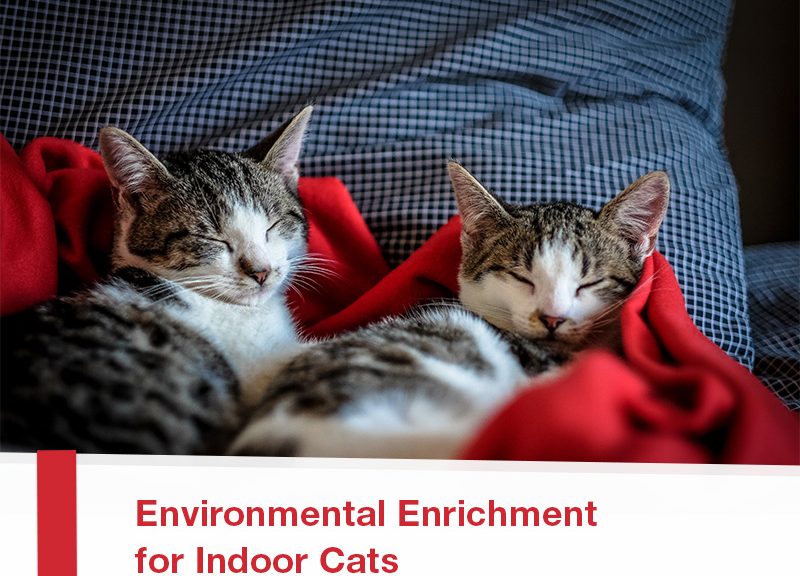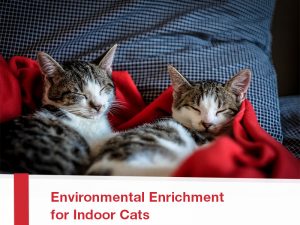Summer is finally here and the warm weather is the perfect time to take a few days off from work and enjoy lots of fun outdoor activities with your pets. It is also important to remind owners that there are a few precautions that should be kept in mind now that the temperatures are rising.
Dogs and cats only sweat through their footpads and when the temperatures are higher they are able to loose body heat mainly through panting. For this reason these animals are more susceptible to heat stroke during hot weather. This condition can cause serious damage to your pet’s internal organs and is often life-threatening.
This summer please keep your dog safe:
- Make sure your dog always has a shaded area to rest and escape from the sun as well as clean water available. You can add a few ice cubs to your dog’s water to keep it cool for a while longer.
- Avoid taking your dog for walks and exercise during the hottest hours of the day.
- Never leave your dog locked and alone in the car. Most people don’t realise it because they simply open the car windows or turn on the air conditioning when taking the car somewhere, but if the car is parked and locked the temperatures inside can rise to unbearable levels in just a few minutes. Even if the car is parked in a shaded area, if the windows are cracked and even if it doesn’t seem to be that warm outside, the temperature inside the car can rise to the point of causing heat stroke and death to your pet in about 15 minutes.
Special care should be taken with very young or very old animals, or pets that suffer from health conditions such as respiratory and heart diseases, and excessive weight. Flat-faced breeds such as Pugs, dogs with dark coats such as Dobermans and dogs with thick hair coats such as Huskies are also at a higher risk for heat stroke.
Have a great summer everyone and keep your pets safe!
Would you like to know more about dogs? Check our Canine Courses:
Canine courses
